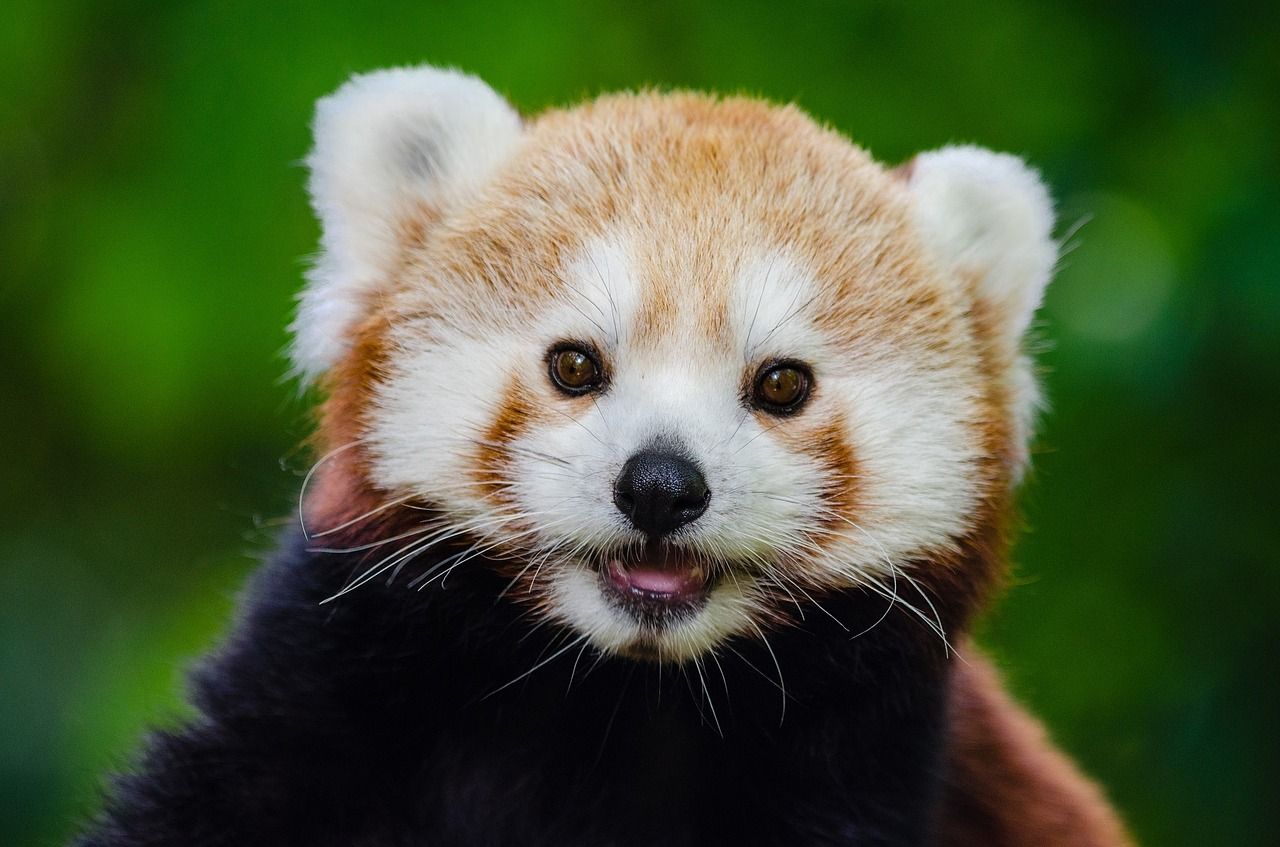
“I want a Red Panda as a pet!”
To be honest, everybody who loves Red Pandas had these thoughts. Unfortunately, there are a lot of arguments against this wish.
Red Pandas are very sensitive animals. They are an indicator for an intact ecosystem as well — especially in the Himalaya.
The EAZA (European Association of Zoos and Aquaria) has published some Best Practice Guidelines for zoos. And they show, how difficult it would be to have a Red Panda as pet.
Enclosure
The EAZA recommends an outdoor enclosure with a size of at least 80 m². The Red Pandas should also have an 24/7 accessible indoor shelter, which is important when there are high temperatures. In this case, also air conditioning is necessary.
Red Pandas are — except from the mating season — solitary. If there are several animals, their dens need a distance from 10 m to each other.
And the EAZA warns: “Beware: Red Pandas are escape artists.”
Behavior
Scent marking is important for Red Pandas. They use anal glands for that. It is no surprise, that the marking smells rather strong and there is a need to clean the enclosure or den very often.
In captivity, Red Pandas are also mostly active throughout the night.
Adult male groups can be especially difficult. They need larger enclosures, and they should be monitored closely.
And: Red pandas are typically not dangerous, but if they have to defend, they use their sharp claws and a strong bite. They can also cause injury if they want to climb on you, like on a tree. There have also been cases where (hand-raised) Red Pandas were aggressive towards the keepers.
Nutrition
Red Pandas need fresh food at least twice a day — 200 g fresh bamboo per pet and day. In addition, they get special cookies with a high-protein content. Sugar should be avoided due to dental problems. Large amounts of fruits such as apples and bananas are not conducive for gastrointestinal health. These fruits are only used as a reward for Medical Training (see below).

Fresh water is crucial!
The diet must be changed in case of diseases — and a wrong diet can also cause many diseases.
Health
At this point, every responsible pet lover should bury his plans. Red Pandas are highly susceptible to canine distemper, which ends always deadly for the animals.
They must also be examined every six months for parasites. There is also a danger from a massive flea infestation, which is sometimes fatal for the animals. Red Pandas often suffer from dental diseases that can lead to further infections.
For these reasons the zoos carried out vaccines and regular health checks. Medical trainings are integrated into the daily routine.
Conclusion
Red Pandas are wild animals with special demands on care. In addition, they are an endangered species. If you really like them, you should adopt one — Red Panda Network and the WWF give this opportunity.
